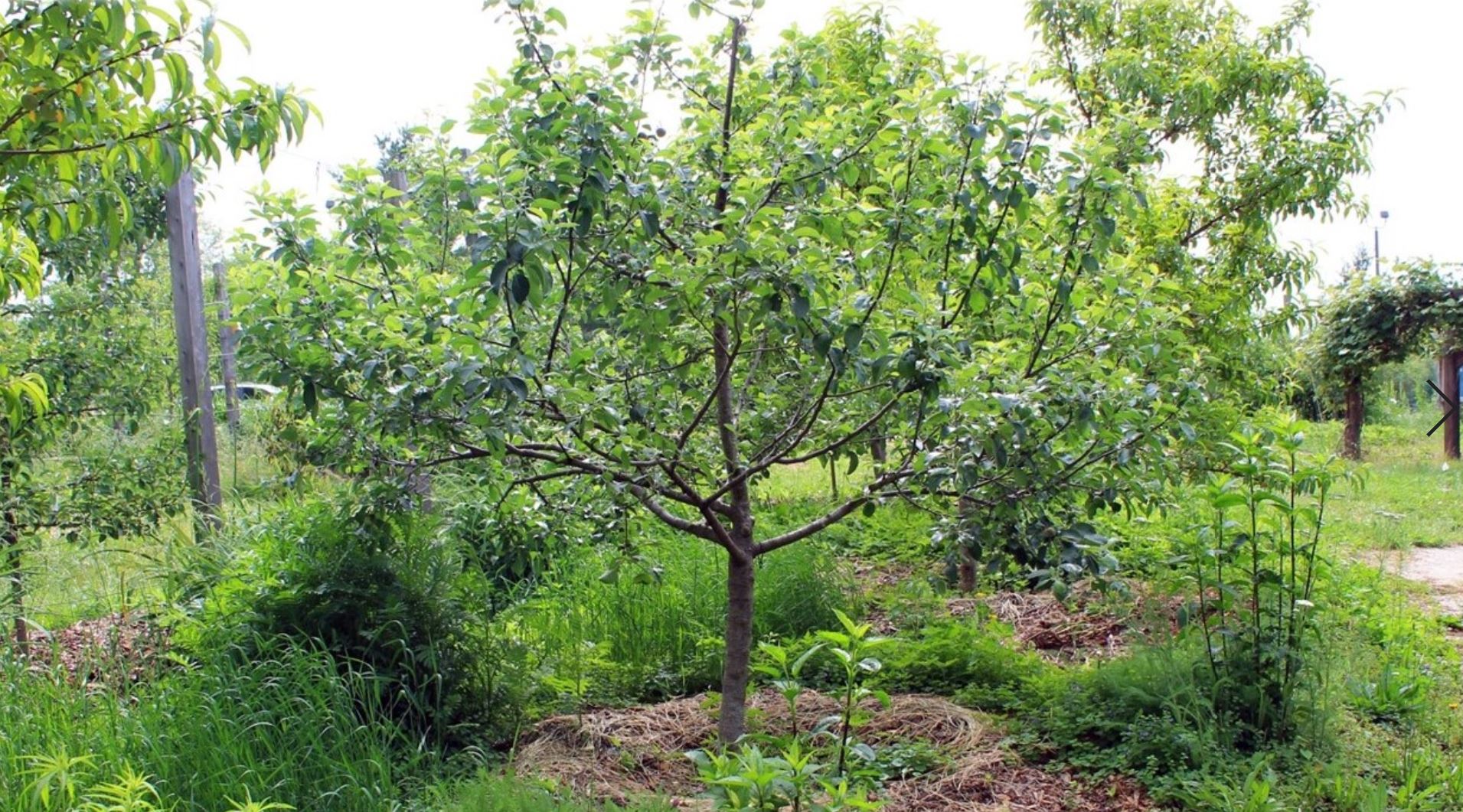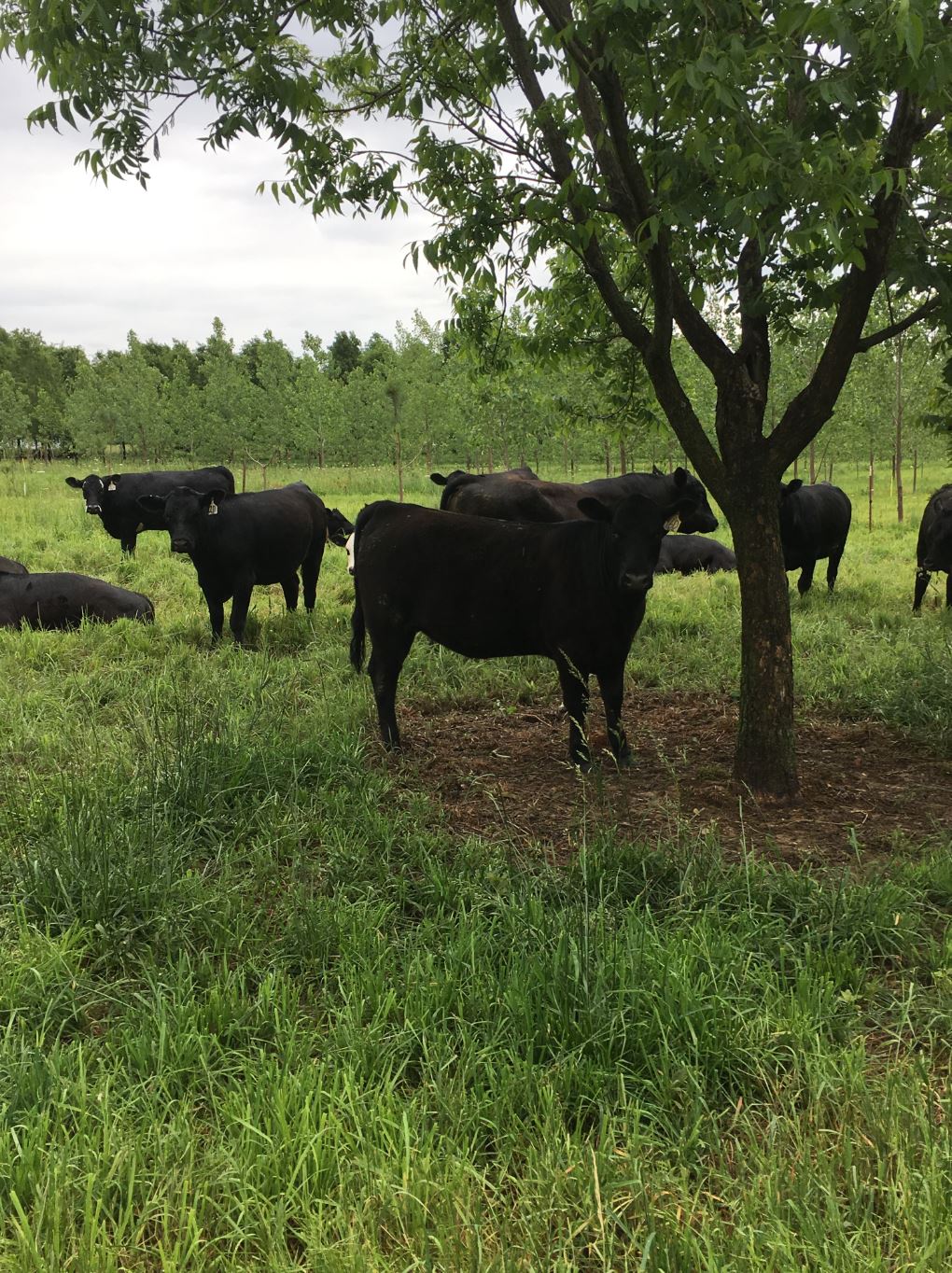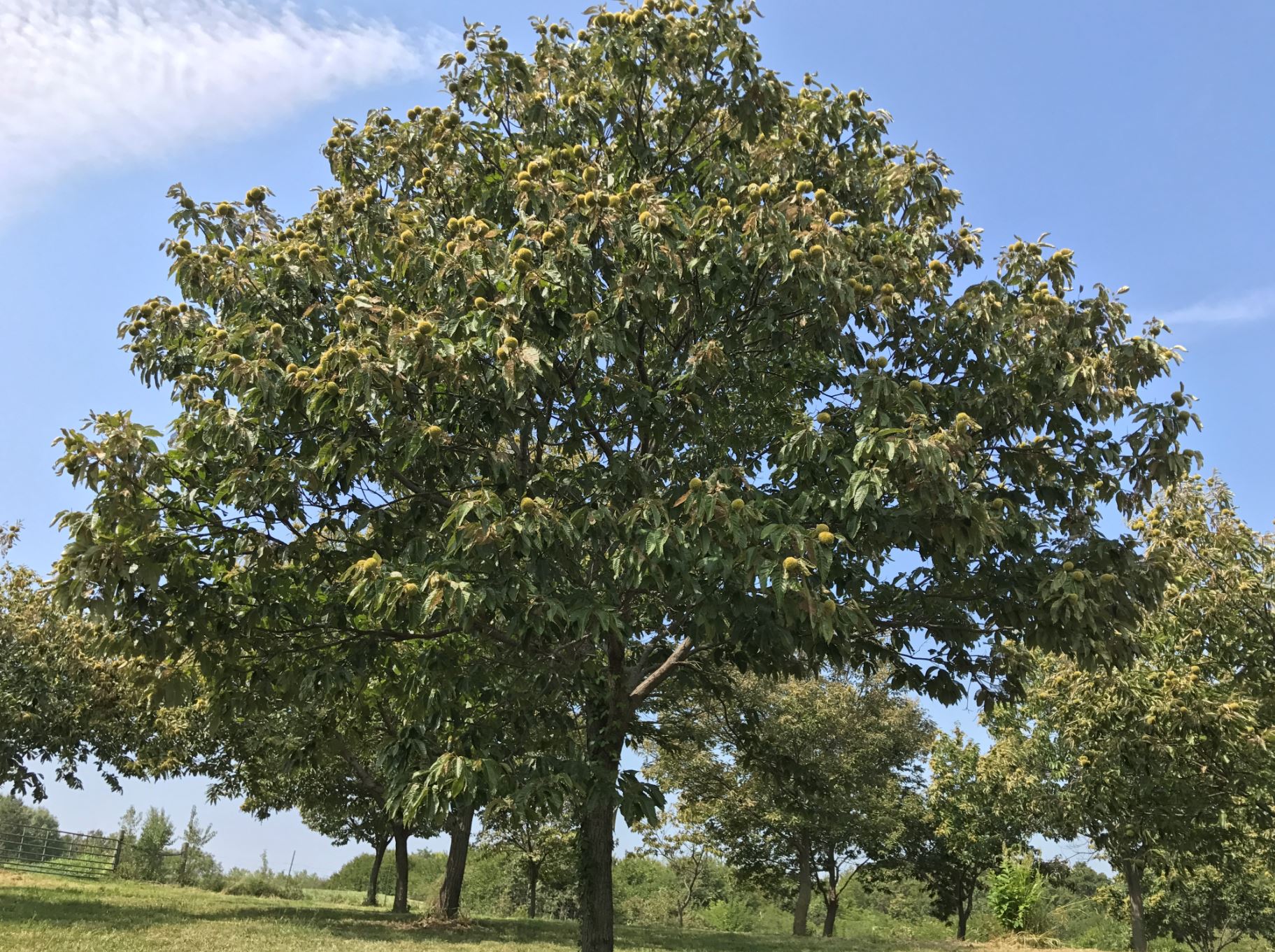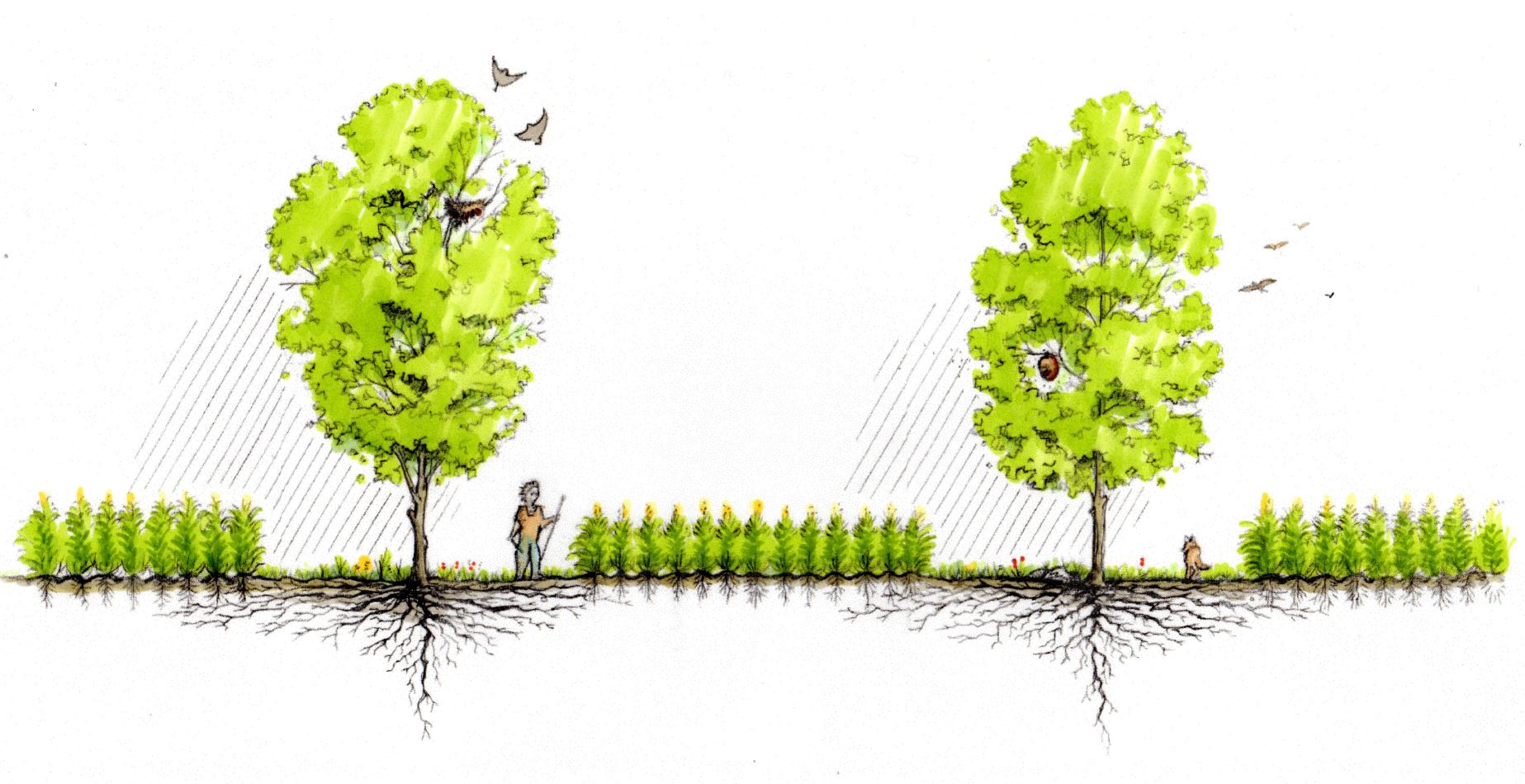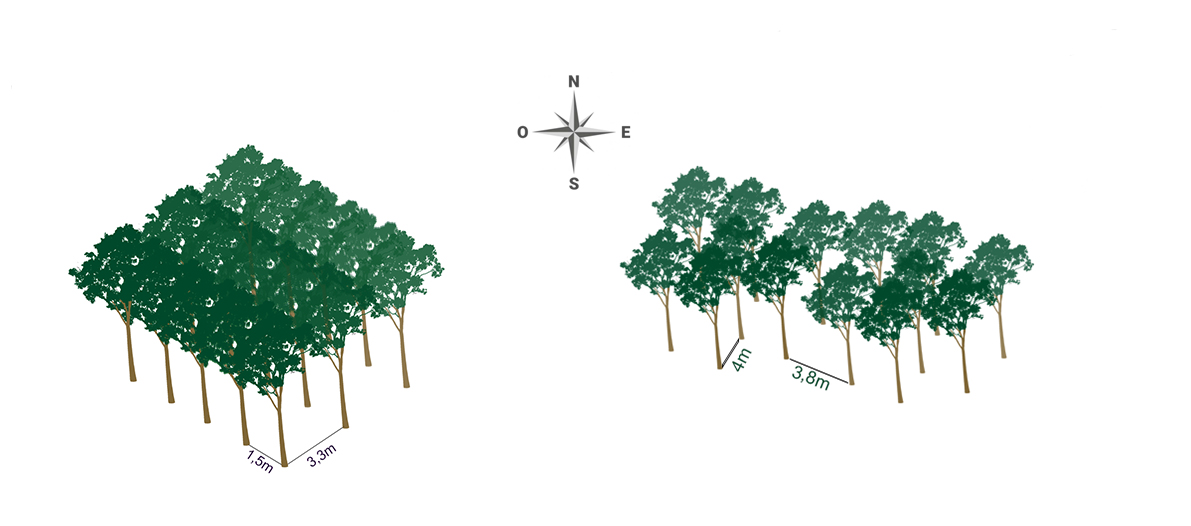Tree Leaf Silages and Dried Leaves as Livestock Feed Alternatives
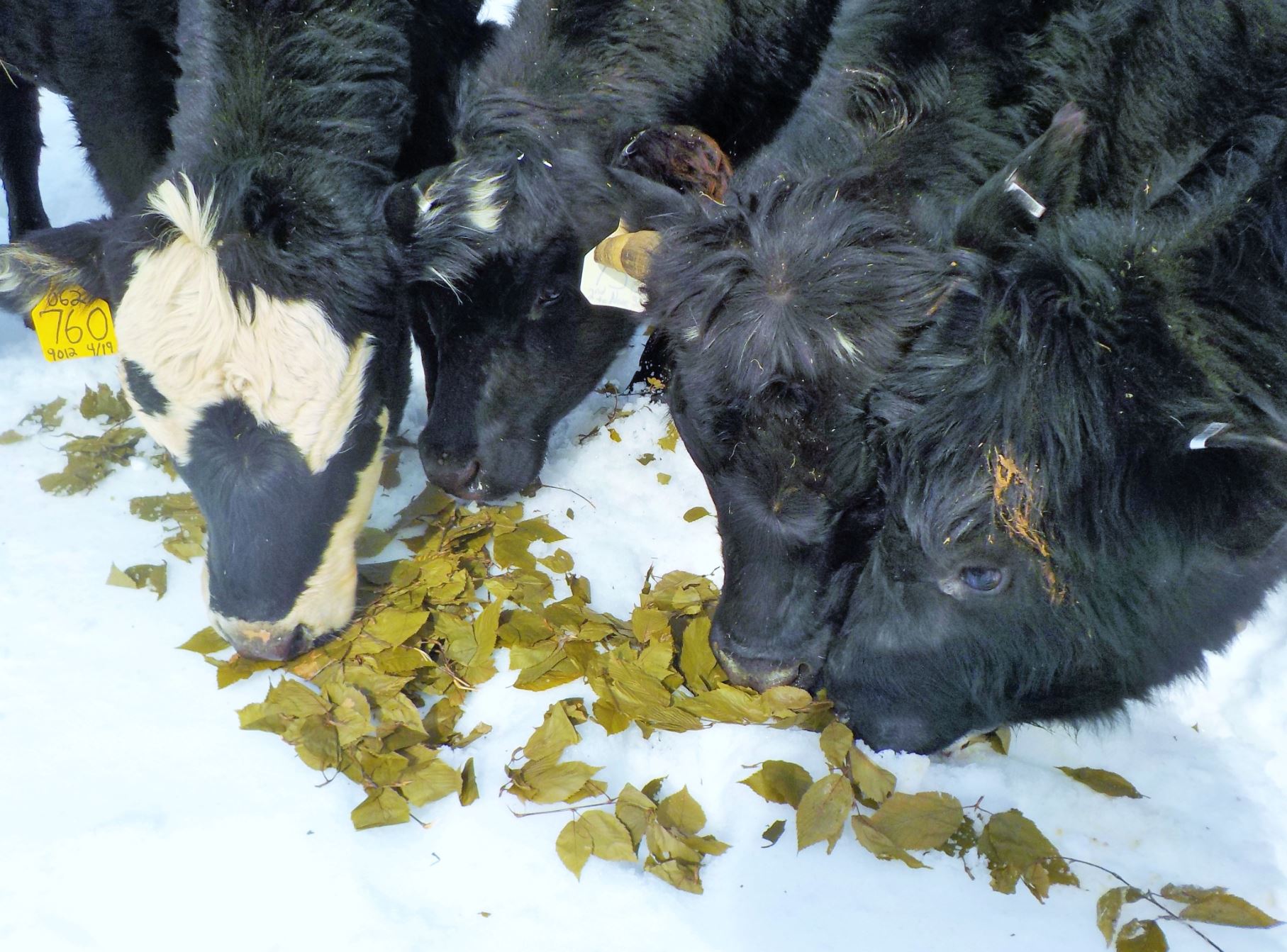
Leaf fodders tested in the lab included 8 species of chipped leafy branch silages, hand-stripped leaf silages, and dried leaves from tarped leafy branch piles. These fodders were produced as part of SARE FNE18-897, a two-year study, which created and described a 1-acre Demo Plot of “air meadow” tree canopy harvest (Figure 2 below). This project measured yield, labor hours, and goat consumption rate; and recorded cattle, sheep, goat and hog responses to various fresh and stored tree leaf fodders (Figure 3 below). The SARE FNE18-897 Final Report can be found at: SARE FNE18-897 Final Report. A 2019 University of Vermont mini-grant funded nutritional testing of winter-stored tree leaf fodders. The Final Report can be found here.
- Details
- Written by Shana Hanson, 3 Streams Farm, Belfast, ME
- Parent Category: 2020 Vol. 26
- Category: Volume 26 No. 2 June 2020




